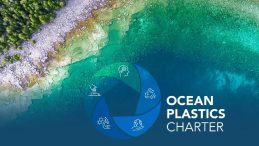Every year, Canadians throw away 3 million tonnes of plastic waste, only 9% of which is recycled1. Let’s be honest, this is appalling! So what happens to the plastic that we don’t recycle? It ends up in our oceans. Single-use bags, plastic bottles, food containers, and food wrappers are the four most widespread items polluting the seas2. I know we all like to think we do our bit where we can but the figures clearly tell a different story, but this is why your decisions matter.
It can be hard enough to limit your plastic consumption in regular day-to-day life, however trying to be sustainable whilst travelling can be exceptionally challenging for many reasons. Food shopping alone can be particularly difficult, especially if you’re on a budget or in the middle of nowhere. Adding eco-friendly and plastic-free to your search criteria can be almost debilitating. For example, sometimes buying a punnet of organic cherries that have never seen the inside of a plastic bag can break the bank. I get it! I recently paid $6 for 2 (plastic-free) nectarines!! Sometimes big brand grocery stores are the only realistic option, whether we’re on a budget, searching for convenience, or maybe it’s the only shop in town. So how can we navigate these big bad plastic-filled supermarkets to keep our moral code intact?
First of all, STOP BUYING THINGS WRAPPED IN PLASTIC! I know, it’s easier said than done, but trust me, it can be done! And without burning a hole in your wallet. If we don’t buy plastic wrapped foods in the first place, then there is less that we can ‘forget’ to recycle. Why make more work for ourselves? In a study where over 12 million litter items were retrieved from different environments globally, 80% of the items were made of plastic3. Let’s throw a couple of ideas around to get us started on our plastic-free supermarket shop.
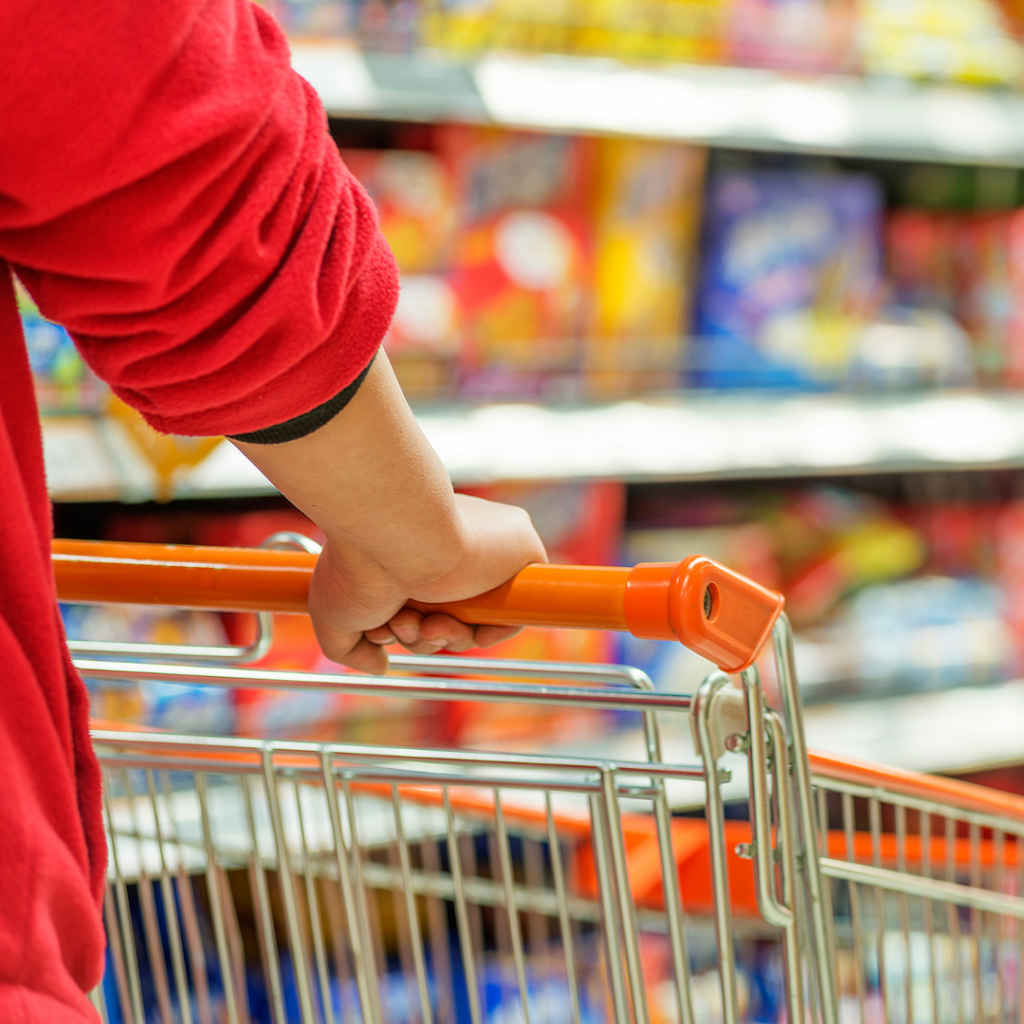
First, everyone’s favourite stop, and, in my opinion, the easiest place to avoid plastic: the produce section! Take a piece of fruit for example, it is so common to see fruit wrapped in plastic. Avoid this at all costs! 99% of the time there are plastic free options right next to the plastic option, so it’s a super easy switch. I’ve seen bananas, oranges and melons… the list goes on, all wrapped in plastic. These fruits already have natural packaging, aka their protective skin! Why the supermarket feels that they need additional packaging blows my mind! For more vulnerable fruits without the natural packaging, like apples, do your best to walk away from the plastic. It’s simple enough to find one that is to your liking and give it a rinse when you get home. Wouldn’t you do that even if it was wrapped in plastic? What should you do if your favourite fruit choice only comes in plastic packaging? I suggest trying something new, sans plastic, or wait until you’re in a different supermarket where you can get that fruit plastic-free. Plus, you can take a pretty smug first bite knowing that you did some good whilst waiting to eat it! Another reason you should buy plastic-free produce is that usually it comes in bulk, instead of buying large, pre-packed quantities of perishable items and just buying the amount you need decreases the likelihood of food waste, so win – win!
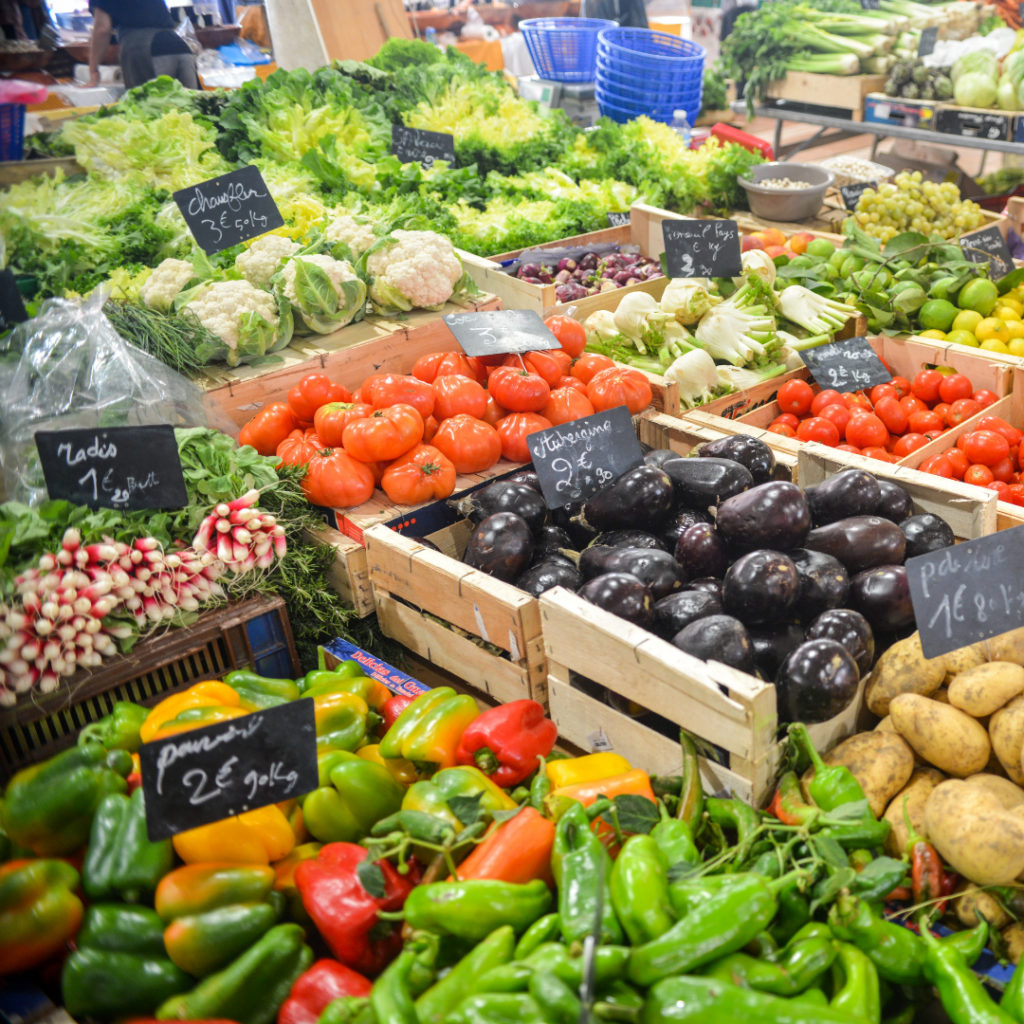

Your essential pantry and refrigerator items might not be so simple.Unfortunately, most bags of pasta, cartons of milk, and even spices come in plastic packaging. Usually there are alternative options, like glass, which can really easily be reused or recycled. Now, I know what you’re thinking, glass packaging = increase price! Usually yes, but hear me out. Glass is reusable and 100% recyclable; it can be recycled endlessly without loss in quality or purity4 (pretty cool, right?) whereas plastic decreases in quality each time it’s recycled. If you don’t want to keep it, recycle it! Plus, depending on your area you can get a refund on some glass items such as milk bottles, so it’s definitely worth swapping that plastic for glass! Don’t forget to check out the Bulk Foods aisle and bring your own containers to fill up. That glass bottle that you bought last time will start paying for itself! If you’re new to the Deli section, you might be surprised how much bang you get for your buck when ordering over the counter rather than buying prepackaged meat or fish. Bonus points if you bring your own container and ask the staff to put your items in there for plastic-free deli eats!
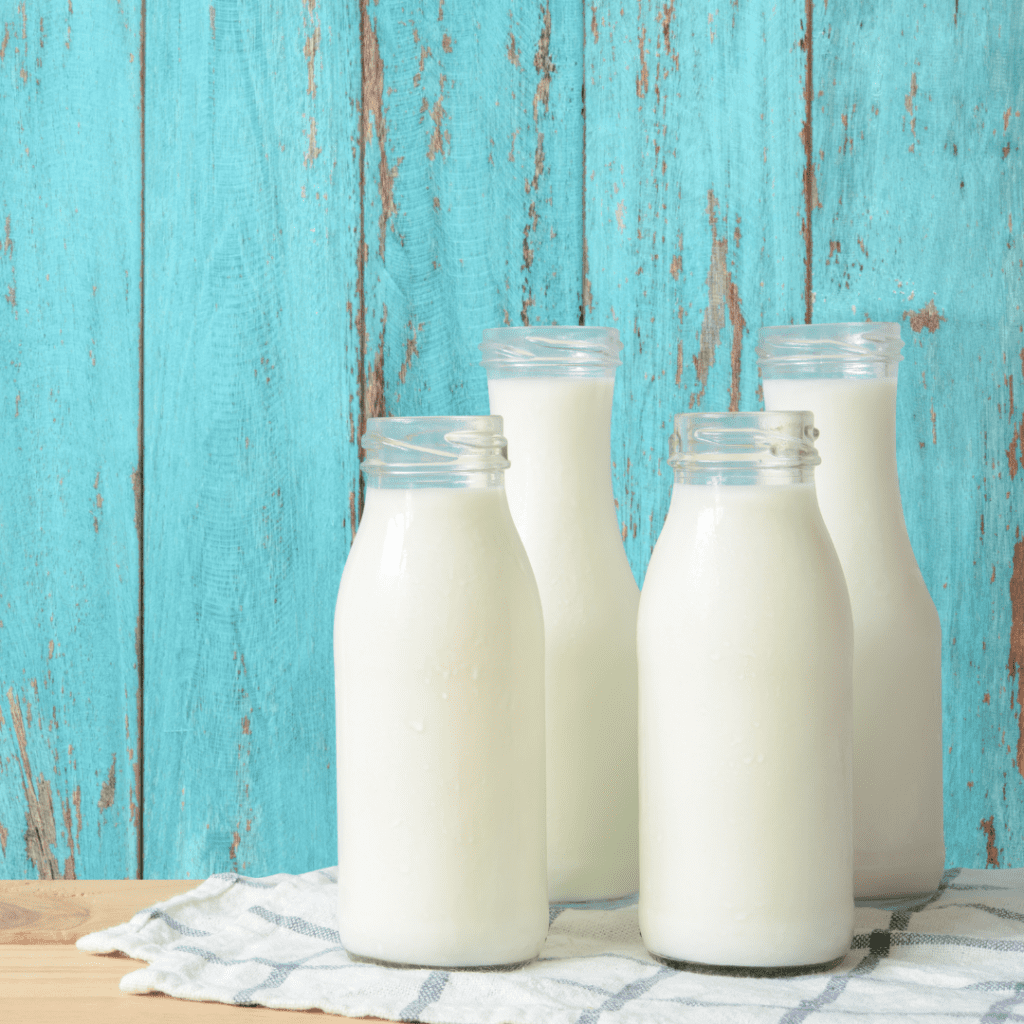

There will always be some items that you just can’t live without and, try as you might, you either can’t find them in a non-plastic form or it’s really just not within your budget to get the non-plastic alternative. If this is the case, try reducing the amount of times that you buy this item. I can’t stress this enough, make sure that it can be recycled in your area! Honestly, the only way to do this is to check with your municipality to find out what types of plastics are collected. What about the ‘chasing arrows’ symbol you may ask? Don’t be fooled! Just because you see the Mobius Loop on packaging it doesn’t necessarily mean it can be recycled. Unfortunately, there is no standard practice for its use and brands can use the symbol for any meaning5. Crazy, I know! But wait, what about the numbers inside this symbol? It’s basically a coding system developed by the Society of the Plastics Industry (SPI) to identify the various resins found in plastic bottles and rigid containers. Basically, the presence of an SPI code doesn’t actually indicate that the product is recyclable or if it’s recycled locally6. Only your local municipalities will be able to tell you which of the codes are recycled in your area. Recycling is a lot more complicated than just putting something with arrows in the recycling bin, so save yourself some hassle and stop buying plastic!
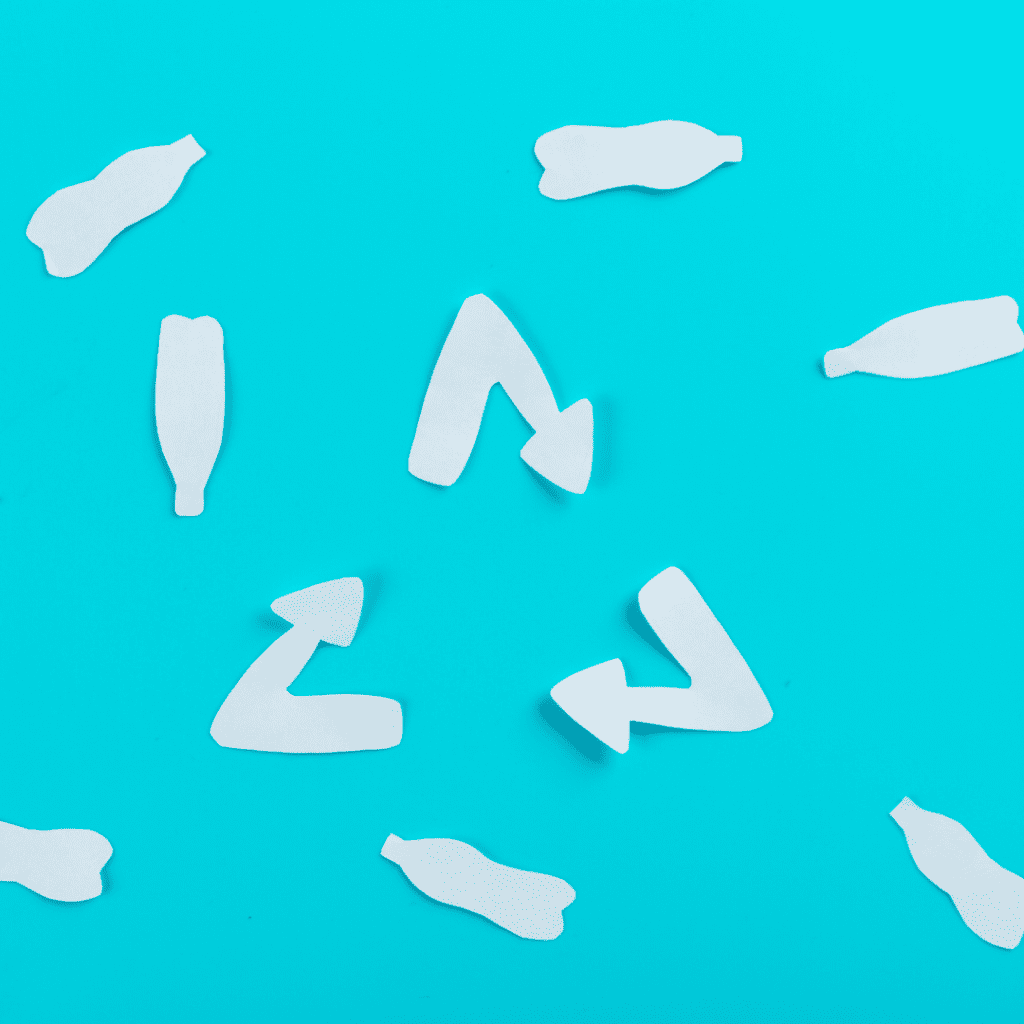

If you apply the above principles to all aspects of your shopping you’ll find yourself with less and less plastic packaging in your cart. It can be overwhelming when you first get started, but it’s important not to just stop at produce and continue to buy a 12 pack of water bottles (try tap water, or get yourself a filter). Different plastics end up in our oceans in different ways, there isn’t just one culprit! When making your purchasing decisions, try to remind yourself that every item we buy that’s encased in plastic can find its way into the ocean at some point. It might seem time consuming to seek out alternatives and to get to know our communities recycling practices, but you only have to do it once and then you’re back to a normal speedy shop. If everyone takes a little time to seek out plastic-free alternatives it will make a huge difference to our oceans.
1 www.canada.ca/en/environment-climate-change/news/2020/10/canada-one-step-closer-to- 1 zero-plastic-waste-by-2030.html
2 www.theguardian.com/environment/2021/jun/10/takeaway-food-and-drink-litter-dominates- ocean-plastic-study-shows
3 www.nature.com/articles/s41893-021-00720-8
4 www.gpi.org/glass-recycling-facts 5www.canadianpackaging.com/general/plastic-recycling-labelling-confusing-and- inconsistent-166240/
6 www.ic.gc.ca/eic/site/oca-bc.nsf/eng/ca02747.html
